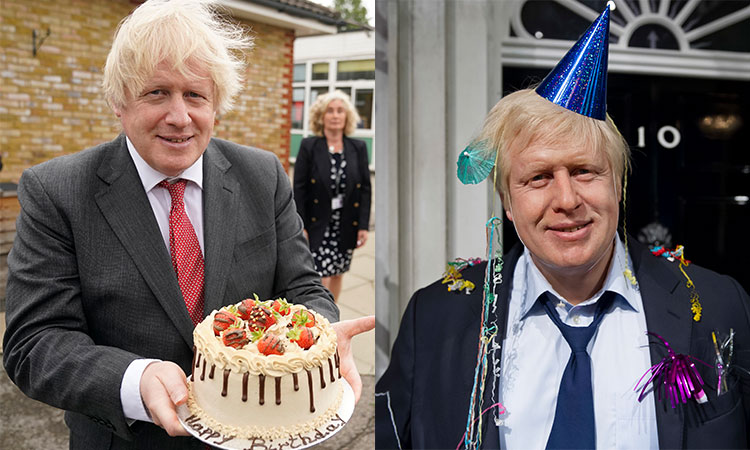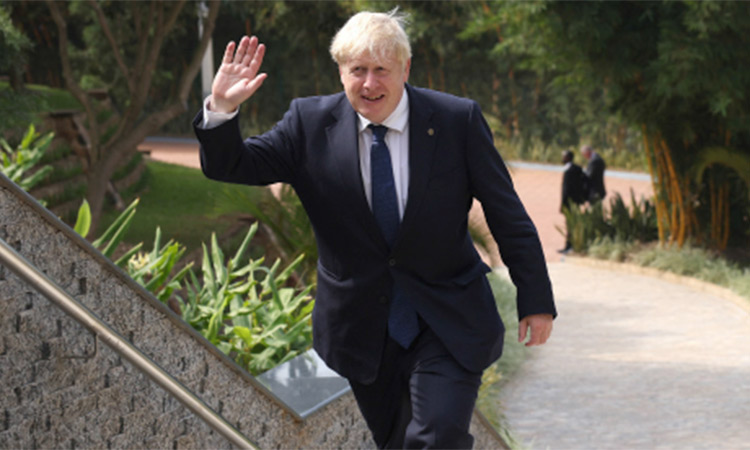Has anyone got any genuine reasons why imperial is better than metric? When I asked this question, I got over 2,000 replies

Boris Johnson. File
On Saturday last week, Boris Johnson announced a review of the use of imperial measurements in the UK. Widely regarded as a dead cat strategy, designed to divert attention from trouble in other areas, the proposed policy certainly stirred some fierce debate. When I asked in a tweet: “Has anyone got any genuine reasons why imperial is better than metric?” — I had over 2,000 replies in just over 24 hours. Did it help me make up my mind?
One argument for imperial is that it leans heavily on base 12. There are 12 inches in a foot and 12 lines to an inch. Originally, there were also 12 ounces to the imperial pound.
The word ounce is derived from the same Latin word as inch, uncia, meaning a twelfth part. Indeed, the imperial troy system, used for measuring precious metals and gemstones, still divides the troy pound into 12 troy ounces. The old British monetary pound comprised 20 shillings each made up of 12 pence. This meant that the 240-pence pound could be divided up evenly in 20 different ways.
Why is base 12 useful? The main basis for favouring dozenal (base 12) is that more fractions have closed representation in base 12 than in decimal (base 10) on which the metric system is predicated. For example, in decimal, 1/3 has to be represented by the messy decimal 0.33333…, whereas in dozenal 1/3 can simply be thought of as four twelfths and written as 0.4. But why does this matter? Well, not having an exact representation of a number can make a difference when making repeated measurements. Consider a metre length of wood that you would like to divide into three equally long pieces to form the legs of a stool. You approximate the first and second “third” as 33cm. But this leaves the final “third” at 34cm. That would not be a comfortable stool. A dozenal ruler would allow you to divide the wood exactly into three equally sized legs. Another argument, which I hadn’t anticipated, relates to the origin of some imperial measurements. The inch, based on the length of a thumb, and the foot based on, well, the length of a foot, are inherently associated with human scale. Some argue that this provides them with a relatability which makes them more accessible than the seemingly cold, exact metric system.
Although there are some perceived minor advantages of the imperial system (the most commonly cited seems to be forcing children to become familiar with obscure times tables), its non-uniformity (16 ounces to the pound, 14 pounds to the stone, 11 cubits to the rod) has clear disadvantages over the decimal metric system.
Today the US remains in the company of Liberia and Myanmar as one of only three countries worldwide not to make extensive use of a metric system. Myanmar is currently trying to switch to metric. The US’s lack of conformity is based largely on scepticism and traditionalist stubbornness. In one episode of The Simpsons, so often a window into contemporary American life, Grandpa Simpson rants that: “The metric system is the tool of the devil. My car gets 40 rods to the hogs head and that’s the way I like it.”
Although we began our transition to metric in 1965 and are now a nominally metric country, the UK has never quite relinquished the imperial measurements that it fathered. It still clings to miles, feet and inches for height and distance, pints for milk and beer, and colloquially stones, pounds and ounces to measure weight.
Under current UK law it is still legal to show traditional imperial measurements alongside metric prices, so it’s quite clear exactly what the proposed review hopes to achieve.
Some have argued that reverting to the metric system would help to facilitate trade with our US cousins. But the US system of measurement is not the same as the UK’s imperial system. An imperial pint is 1.2 pints in the US. A US gallon is approximately 0.83 imperial gallons. So that argument is out of the window too. Although it appeals to a small minority of Grandpa Simpsons who prefer nostalgia for a “golden era”, switching back to imperial would leave the UK almost completely isolated in international trade.
The conversion would also be incredibly expensive and time-consuming to implement, as well as creating mountains of needless bureaucracy – as if we haven’t had enough of that over the last few years. Imperial units are yet another “Brexit benefit” we can do without.







